How the 2019 Subaru Ascent keeps a vigilant eye – behind the car
Three ways to check
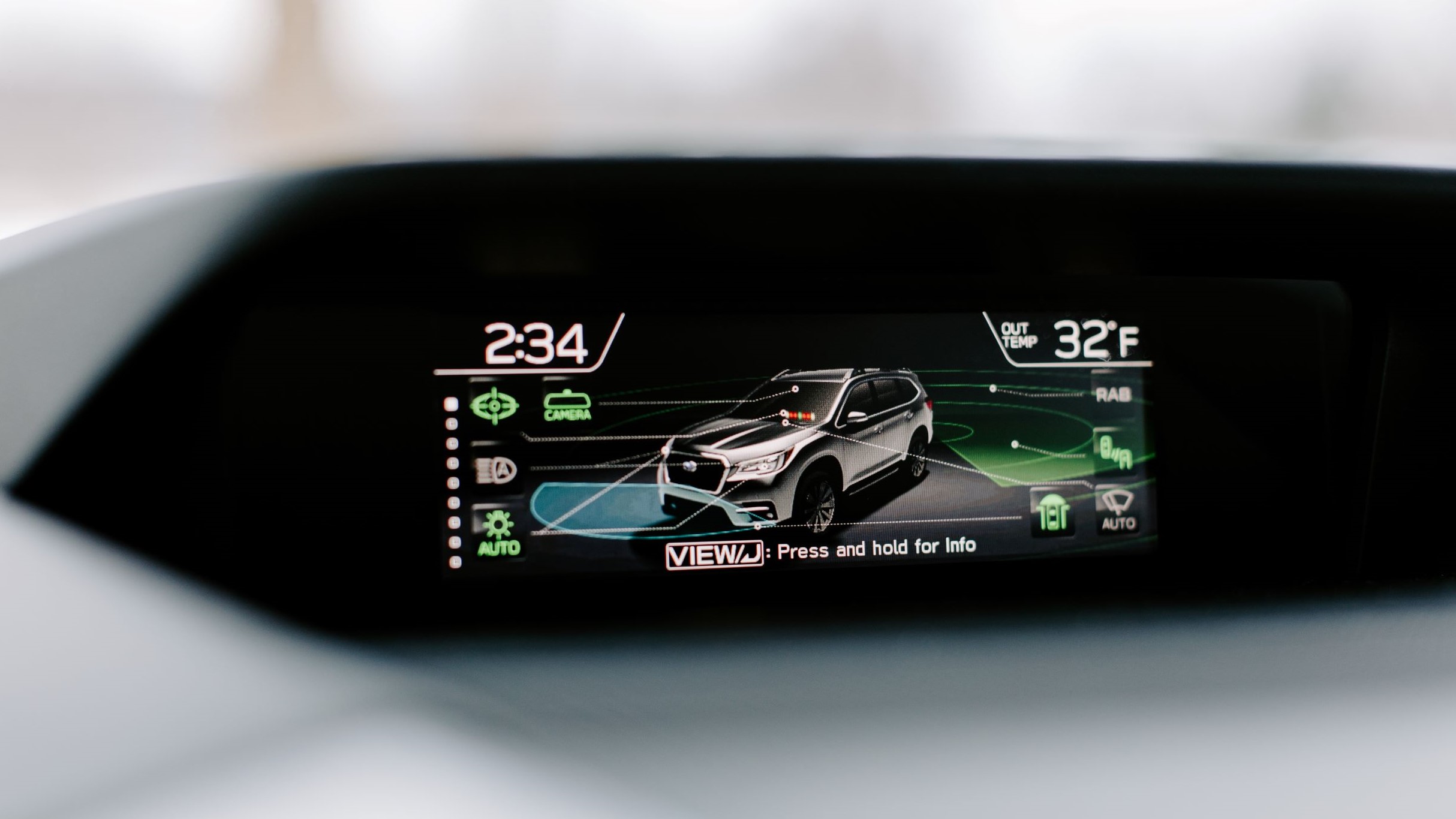
Photo credit: Josiah Bondy
One of the most common accidents for everyday drivers has to do with a shopping mall, parked cars, and your spatial awareness. You edge slowly back out of a spot, but it’s impossible to see around a massive 4x4 truck or a cargo van. You hear the soft crunch of metal. Not good.
In a recent test of the 2019 Subaru Ascent, that scenario is much less likely. This midsize SUV with seating for seven (with one package that has a full second row bench seat, so eight passengers total) is a first for Subaru. It’s bigger than most crossovers, so it’s a little hard to see around corners as you pull out of a parking spot.
Clear view
Fortunately, there are three different ways to look for cross traffic. The rear-view mirror flips up to reveal a 360-degree smart rear-view mirror, but there’s also a normal back-up camera on the 8.7-inch center console screen and another one that shows up in a third display that’s situated up above the center stack closer to the windshield. If you don’t see cross traffic from one of those three screens, you're probably not looking at all.
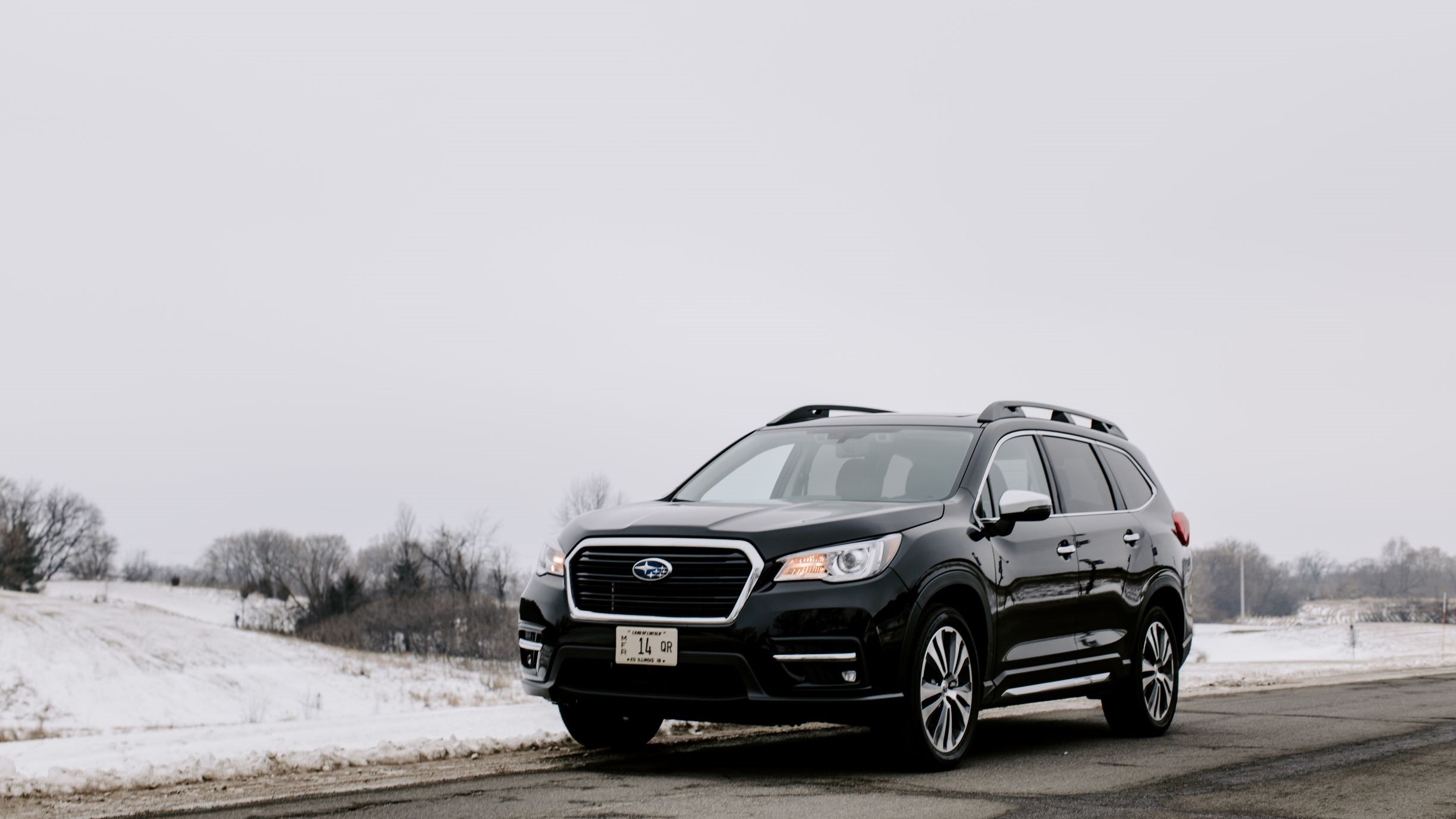
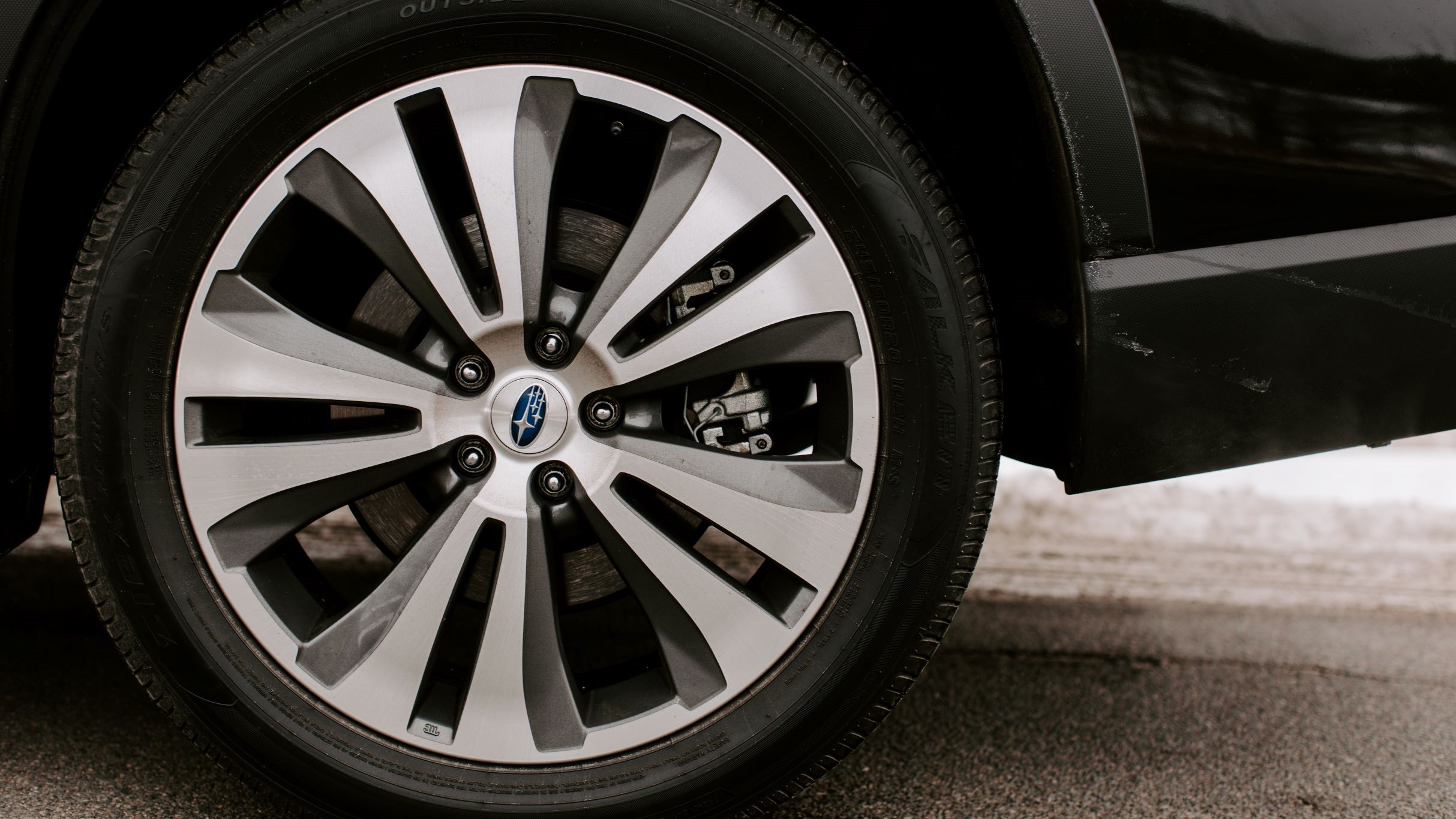
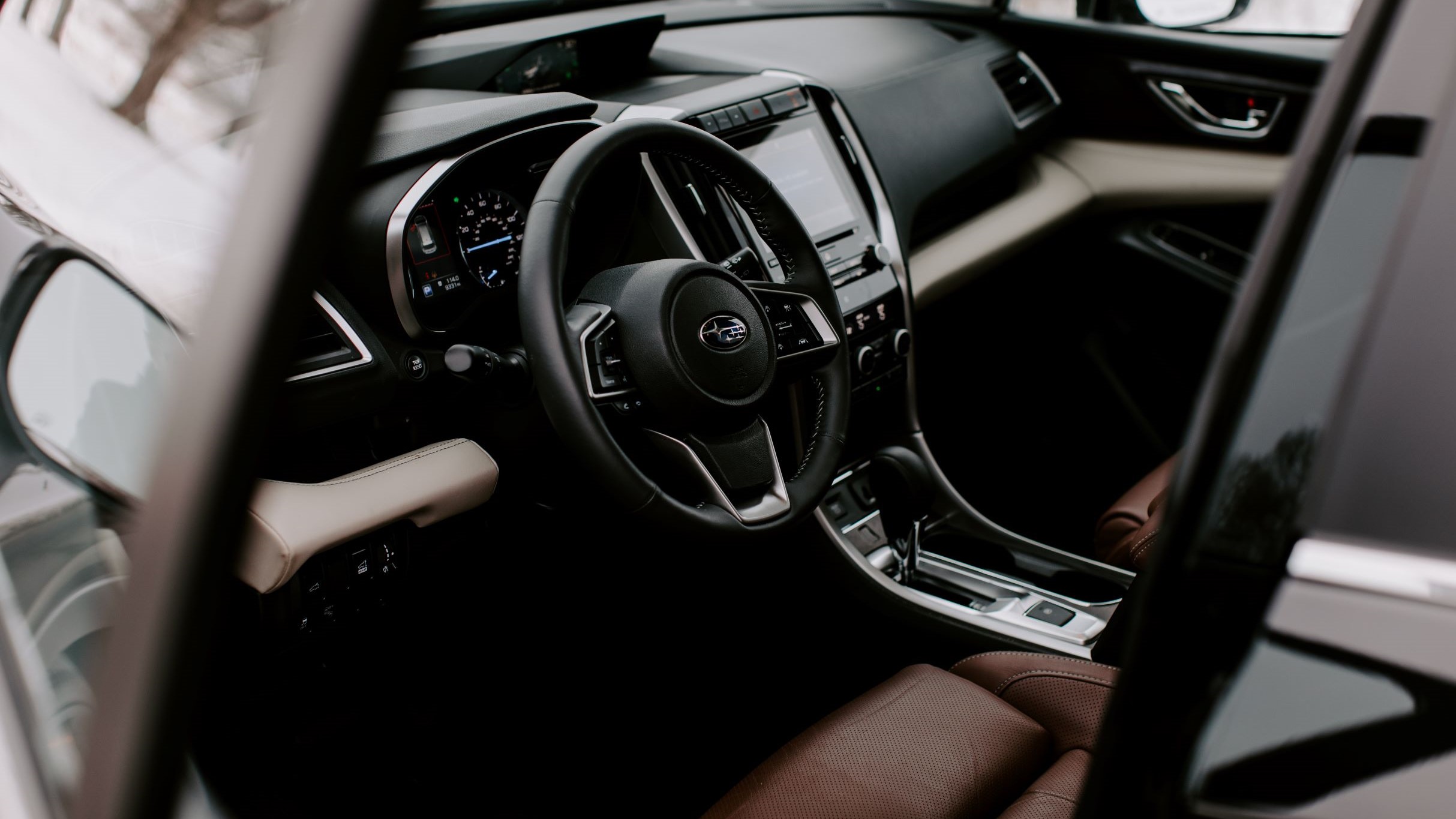
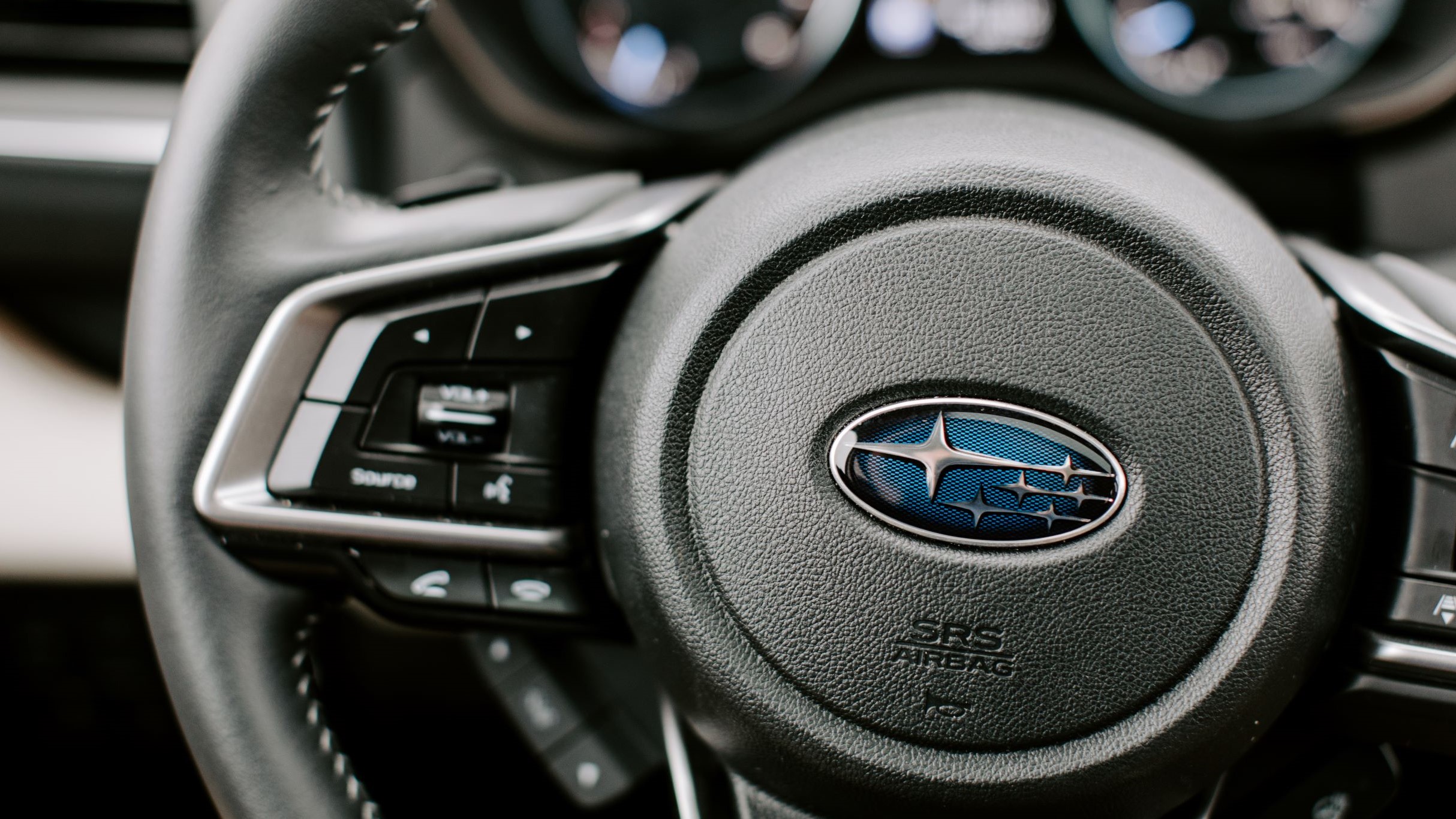
Photo credit: Josiah Bondy
In my tests, it was easy to inspect one of the screens, and particularly the rear-view mirror when it was flipped up into the digital screen mode. Since it uses a camera at the rear of the vehicle and is wide angle, it doesn’t matter if people are sitting behind you. It was much easier to see if a car was driving behind me when pulling out of my driveway as well.
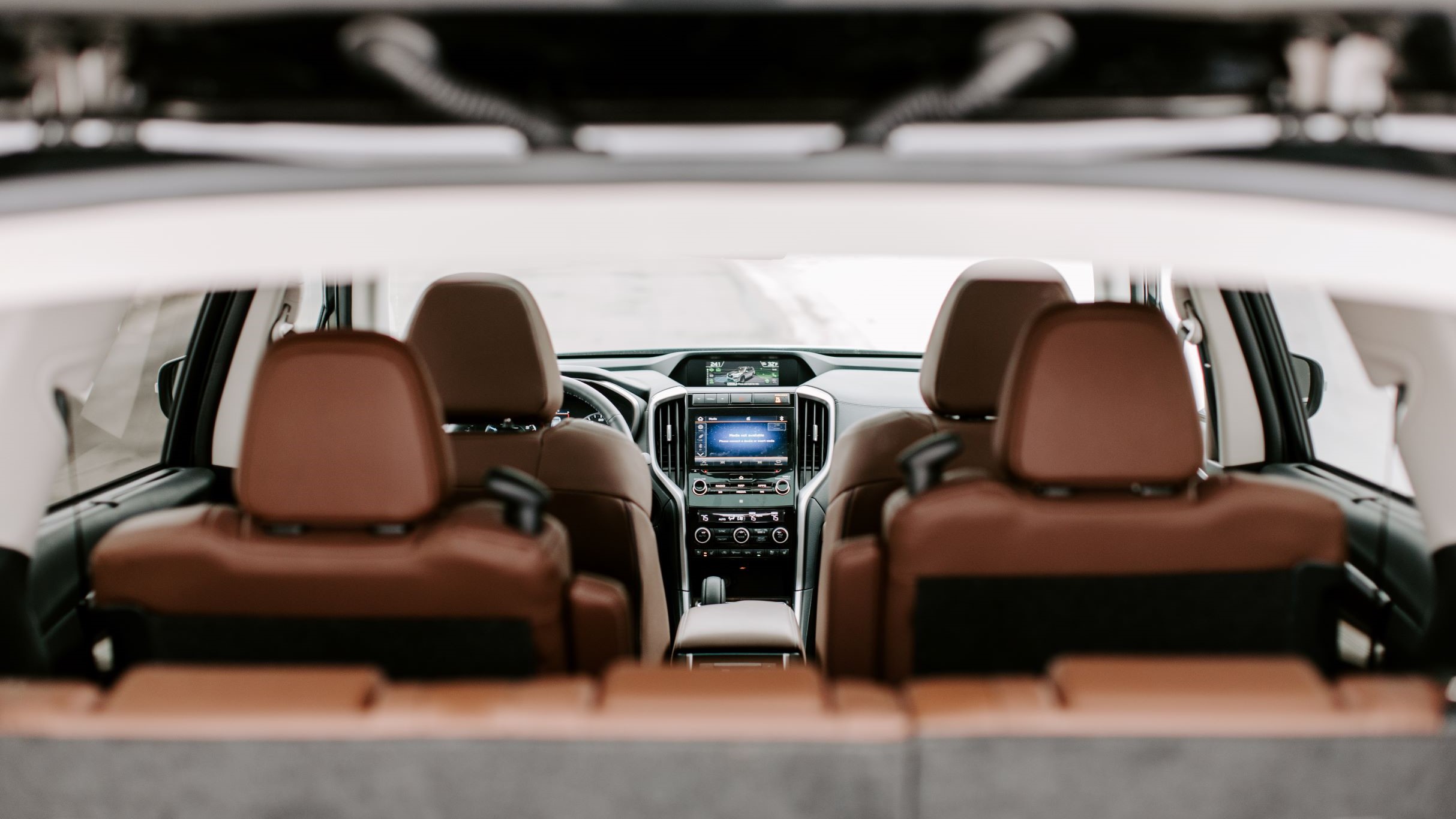
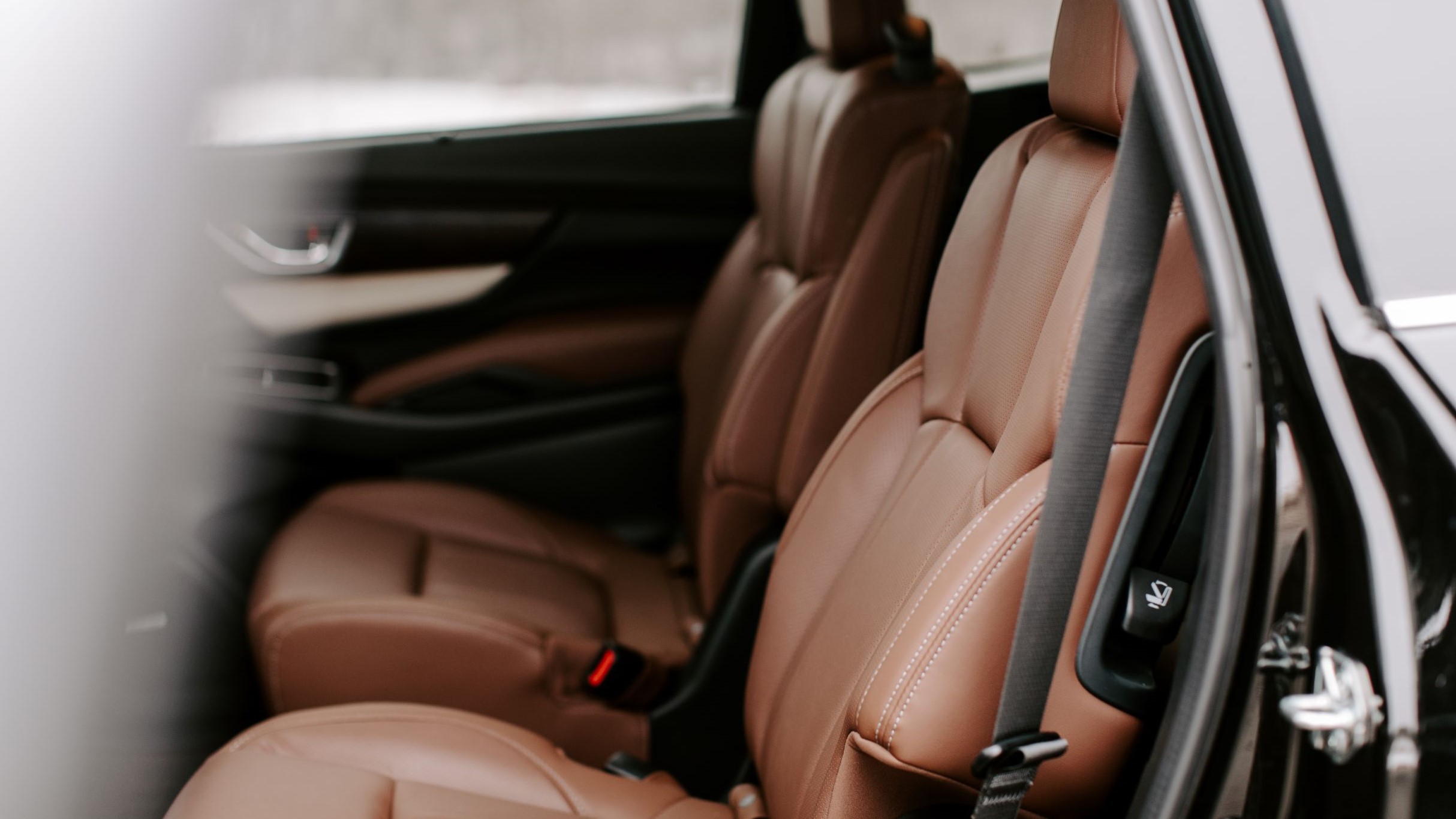
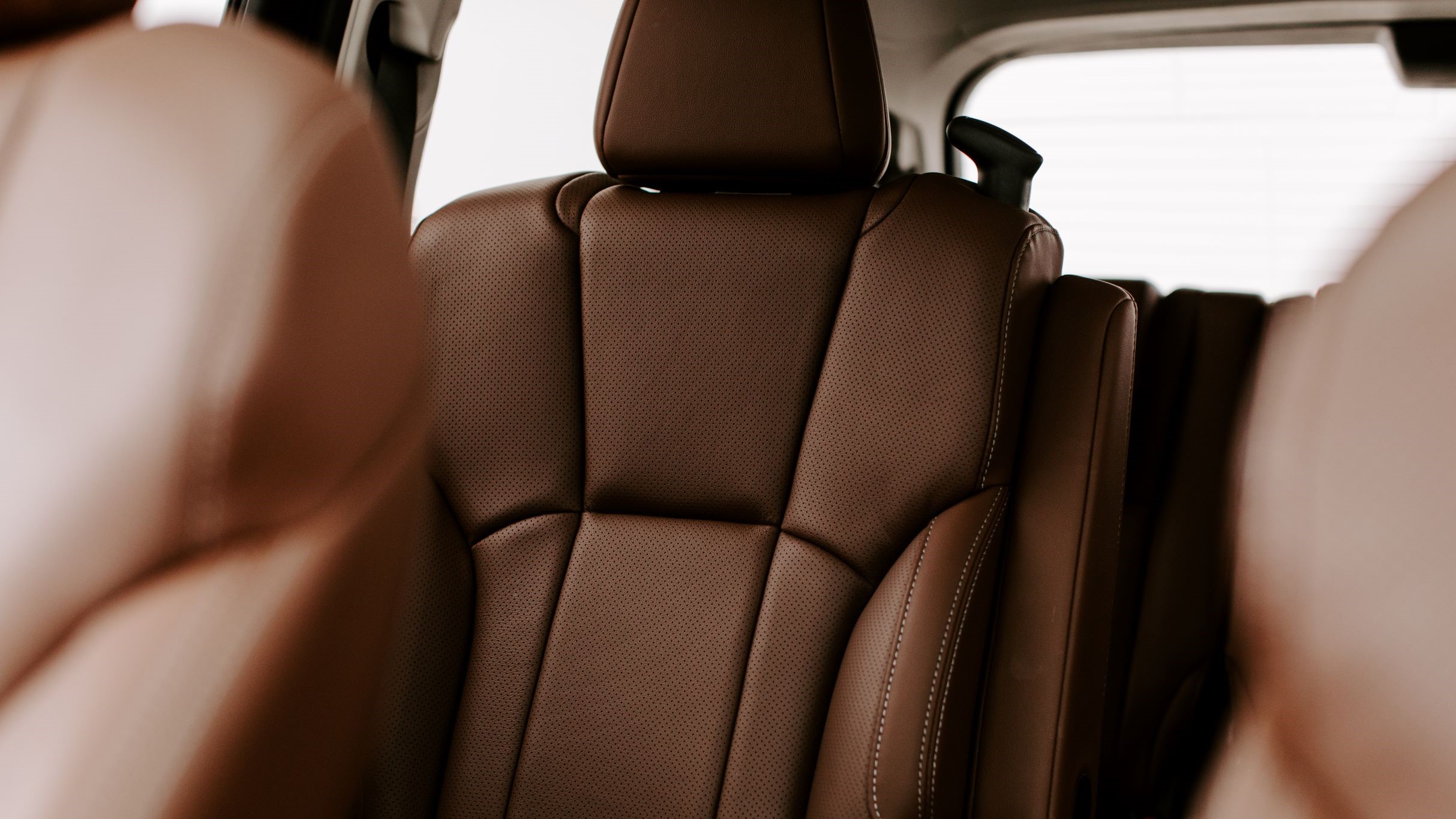
Photo credit: Josiah Bondy
Sign up for breaking news, reviews, opinion, top tech deals, and more.
That screen up by the windshield is unique in that you can also use it to monitor other feature son the car. When you’re on the highway, that screen reminds you when EyeSight safety features are enabled for lane-keeping and blind-spot monitoring. It shows a crisp, futuristic-looking render of the Ascent that shows the active radars emanating from the front and rear, so it’s a visual cue that you have those options scanning for traffic.
Vision of the future
What I like about all of this is that Subaru is providing extra information to the driver about what is happening as you drive, and especially when you backup out of a parking spot. More is more with automotive tech, because drivers are so distracted -- the kids are screaming, your phone is ringing, or there’s a storm brewing and you’re thinking about getting home. In my tests, having three screens meant there was always a place to glance to check for obstacles.
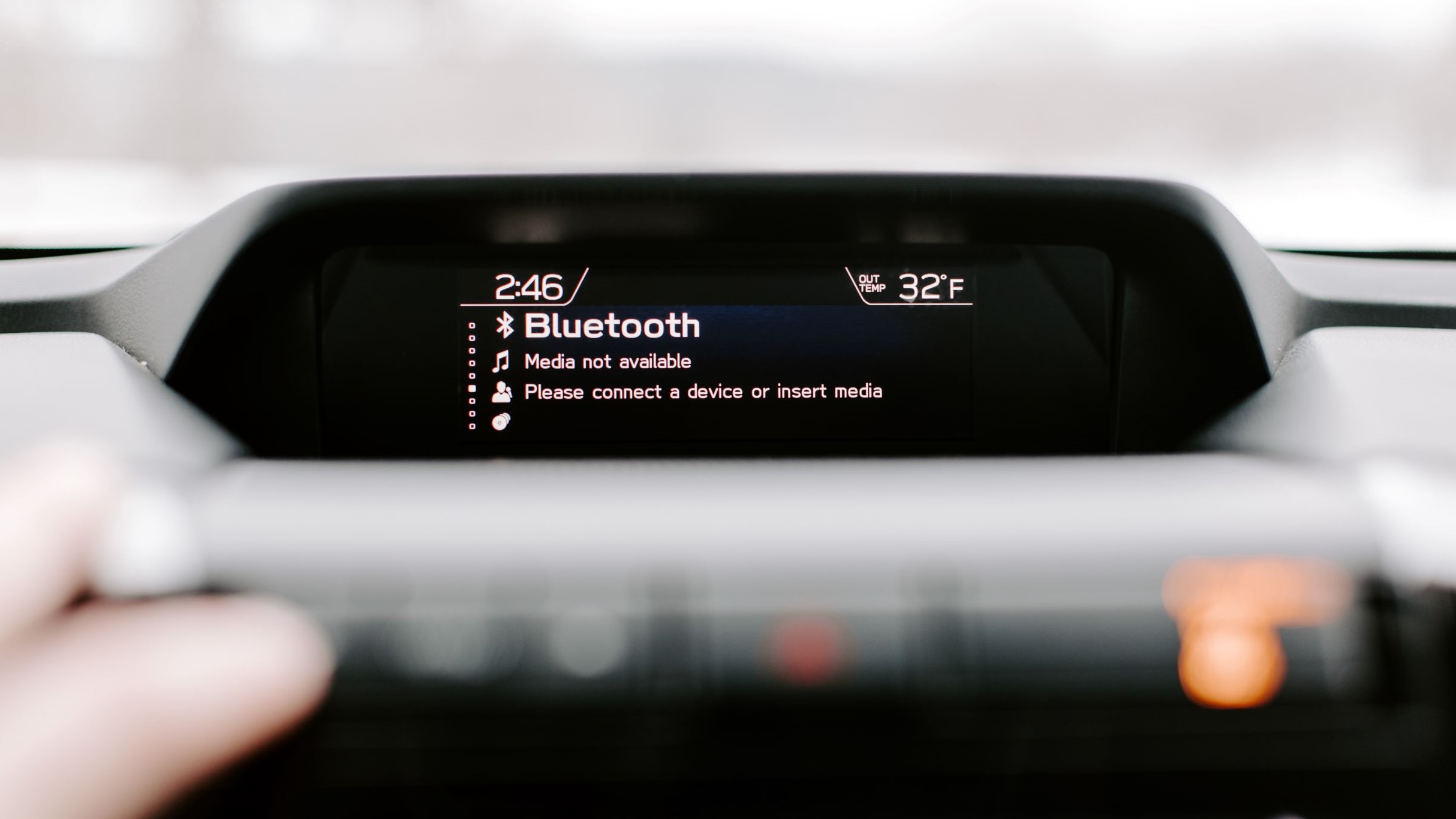


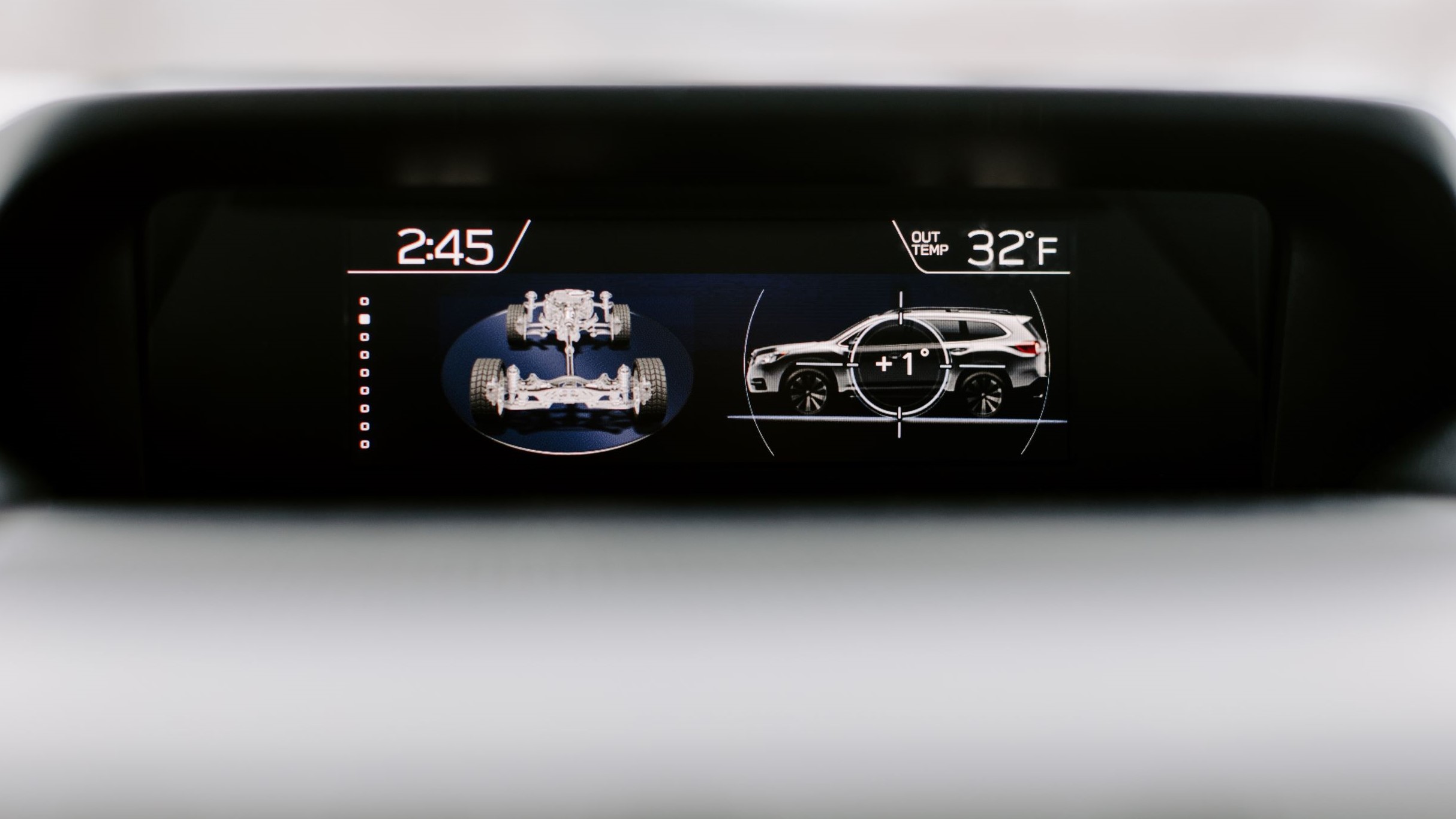
Photo credit: Josiah Bondy
Just as important, I was able to flip the rear-view mirror back to the normal position and disable the screen located by the windshield entirely. This flexibility is handy for situations when you don’t really need to be as vigilant – in a less densely populated area, for example. And, at night, it was better to have fewer glaring screens staring at me.
In the future, we’ll have even more screens at our disposal – possibly too many. The idea is to provide more information to the driver so that he or she knows what is happening at all times and can react, even as the car itself is scanning for problems and alerting you. Of course, when cars drive on their own, we’ll also appreciate that extra level of detail.
On The Road is TechRadar's regular look at the futuristic tech in today's hottest cars. John Brandon, a journalist who's been writing about cars for 12 years, puts a new car and its cutting-edge tech through the paces every week. One goal: To find out which new technologies will lead us to fully self-driving cars.

John Brandon has covered gadgets and cars for the past 12 years having published over 12,000 articles and tested nearly 8,000 products. He's nothing if not prolific. Before starting his writing career, he led an Information Design practice at a large consumer electronics retailer in the US. His hobbies include deep sea exploration, complaining about the weather, and engineering a vast multiverse conspiracy.